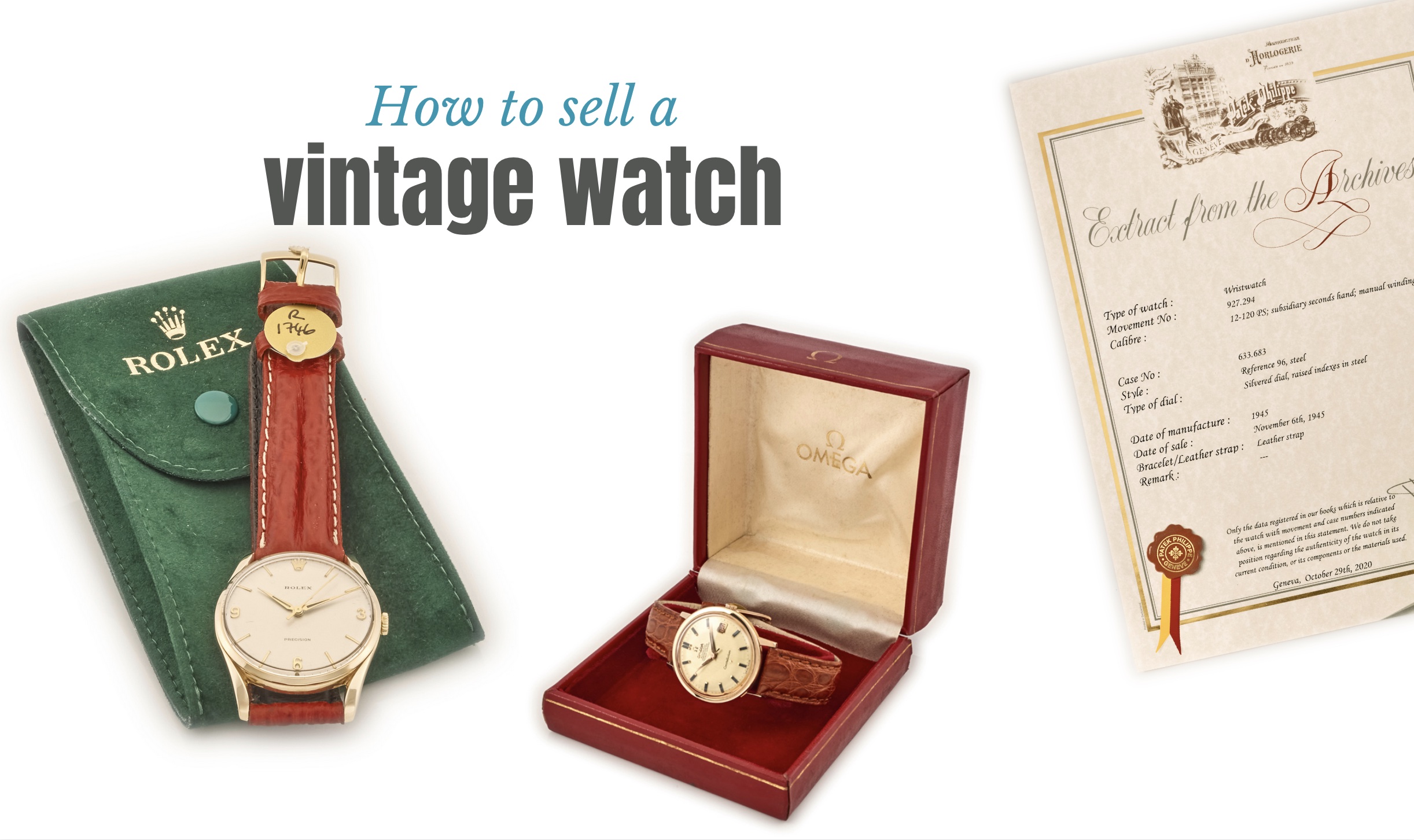#sell #vintage #watch #Antique #Collecting
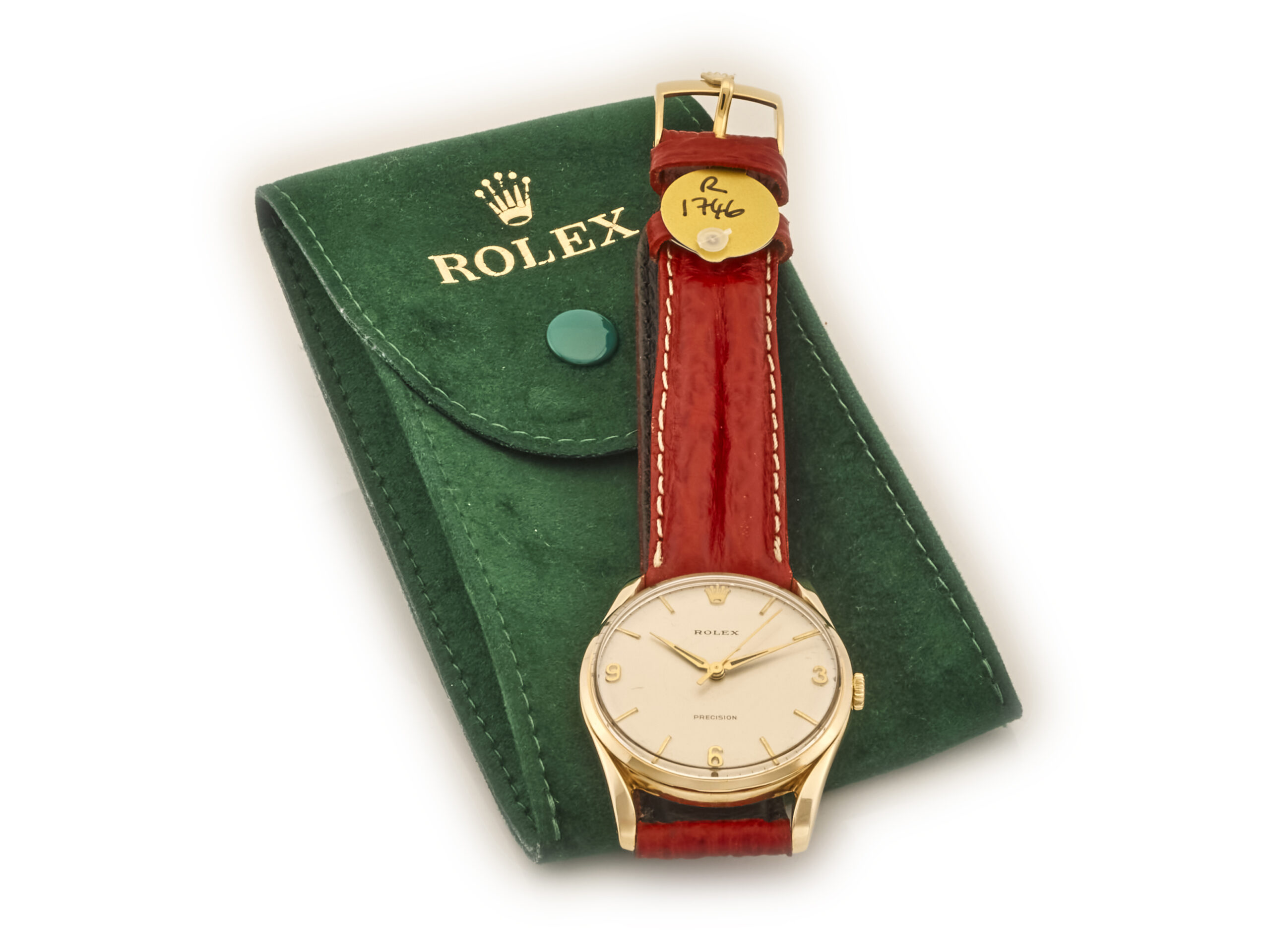
Vintage watches have gone from a niche hobby to an international market worth billions of pounds annually. However, not all vintage watches are valuable, so it’s essential to discover whether your watch is trash or treasure and the best way to realise its true worth.
In this guide, we explain step-by-step how to sell a vintage watch, including what you can do for yourself and where you may require expert help.
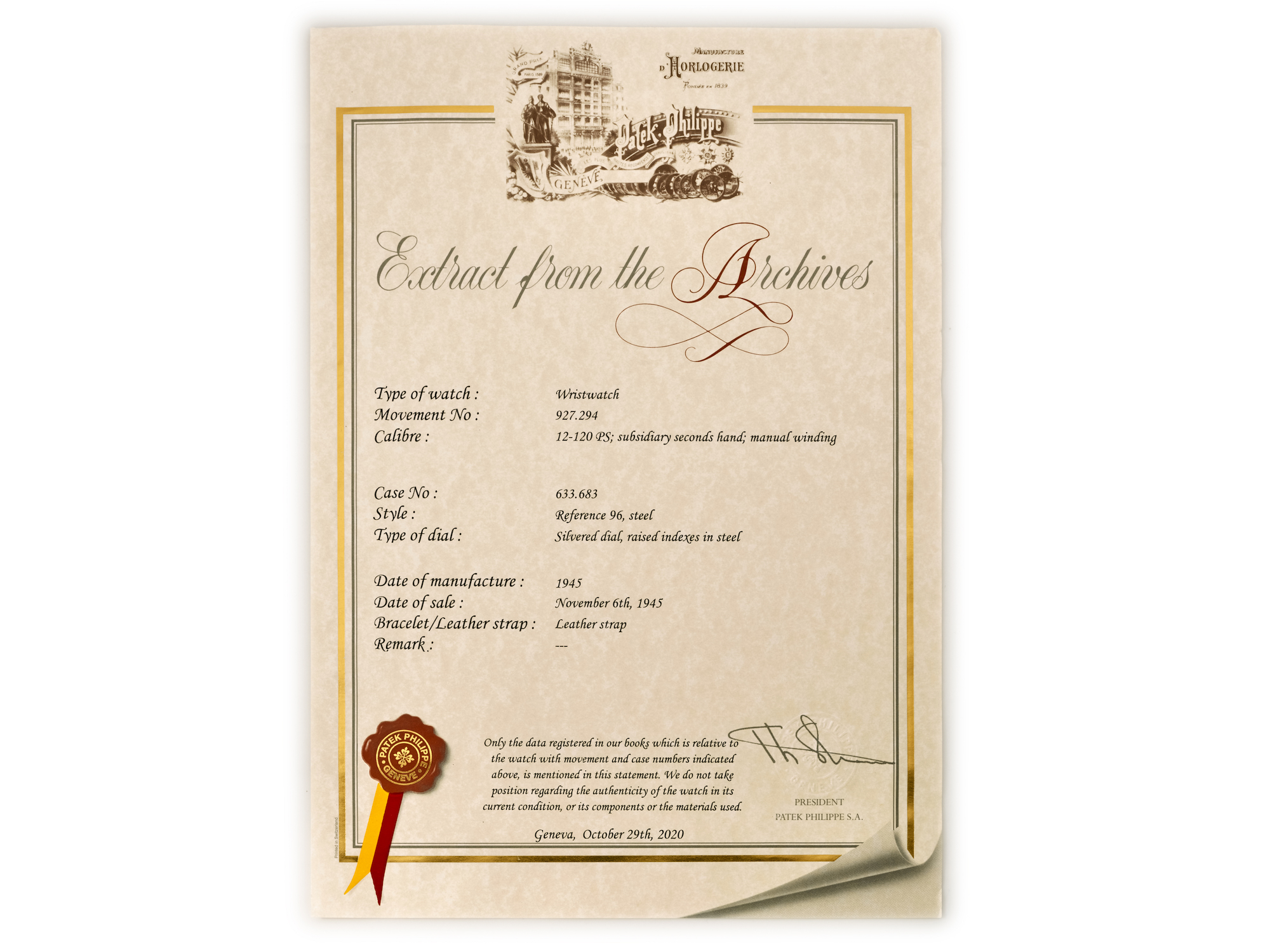
Find out What you Have
If it’s a family heirloom, ask about its history and see if you can dig out any paperwork or boxes that go with it. If the watch is a sought-after model, packaging and warranty documents can add to the value significantly.
Make a note of the brand, model name or numbers, and any other identifying features and then search online for comparable watches for sale or completed auction results.
Vintage watches are a complex subject. For collectable brands and models, tiny details can make a massive difference to what collectors may pay. If you discover that your watch has significant value, or if the value varies across a wide range, it’s wise to seek expert assistance. Expert dealers such as Vintage Gold Watches assess hundreds of watches annually and are well-placed to identify rarities.
If your watch is seemingly worthless to watch dealers and collectors, it may still have value in the precious metal of the case and bracelet. In this case, it may be best to sell to a bullion dealer who pays closer to the metal’s daily value than a watch dealer or auctioneer who acts as a go-between for the same bullion buyer.
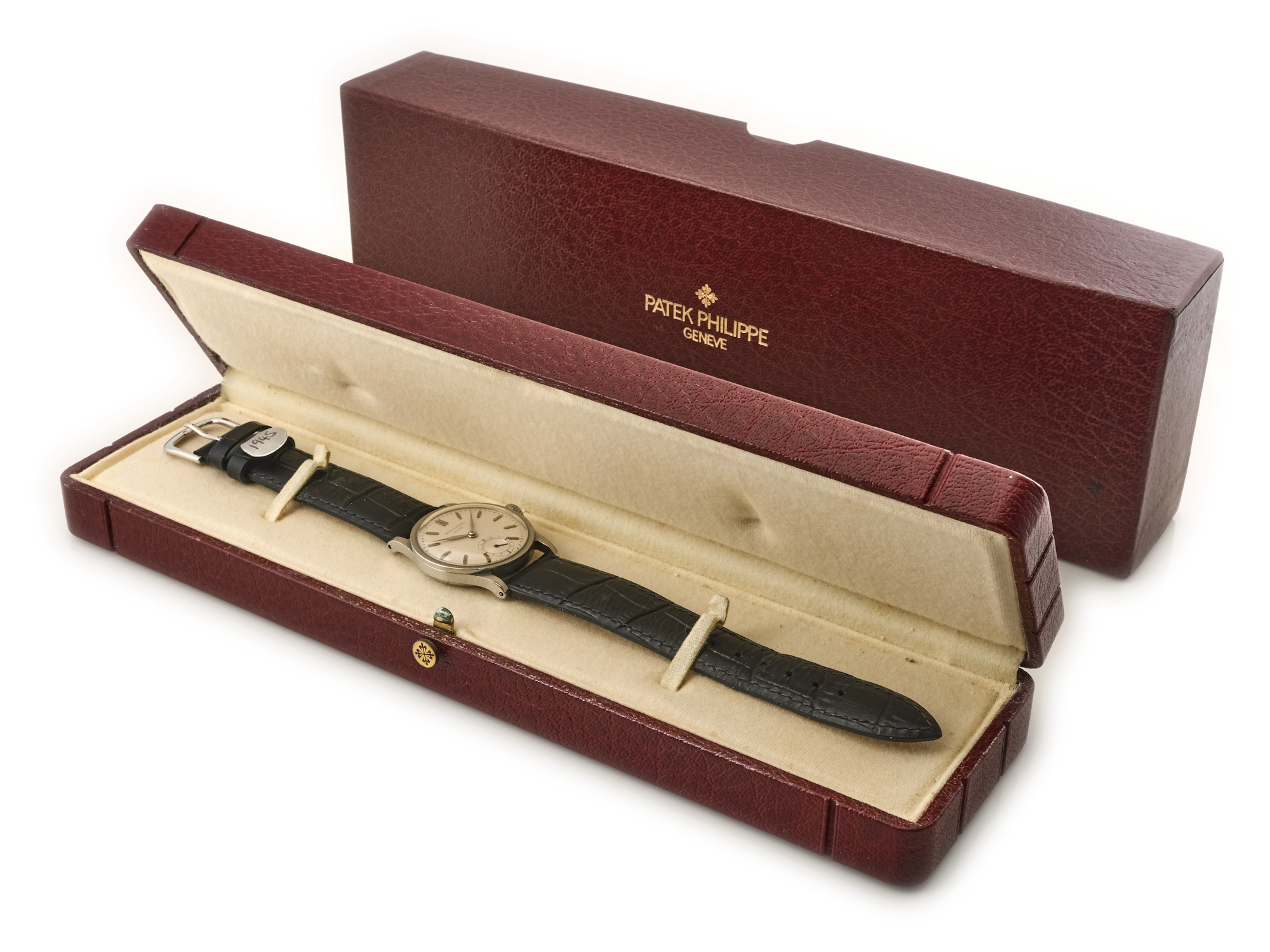
Choose Your Route
The decision to sell it yourself or involve an intermediary will depend on your confidence level in your abilities to prepare, photograph and accurately describe your watch. You will also have to handle the sale’s payment and shipping.
Alternatively, you can sell your watch outright to a vintage watch dealer, sell it on consignment through a dealer, or consign it with an auction house. Each has its pros and cons, as listed below.
Sell to a dealer
Pros:
- No watch preparation is required
- No photography or description writing
- Quick payment
Cons:
- No element of competition for your watch
- Dealers may not be interested in buying your watch for stock
- Dealers will offer a lower purchase price to account for their operating costs
Sell via auction
Pros:
- The auction house will prepare, photograph, and describe your watch
- Buyers compete to win your watch, ensuring the actual market value
- Access to a broad audience of specialist collectors
- The auction house handles payment and shipping
Cons:
- No guarantee of a sale
- A long wait for the sale date and a further wait for payment.
- Significant commission fees and buyers’ premiums are deducted from the overall value of your watch, along with additional costs of photography and insurance.
- A low reserve price may attract interest, but your watch could sell for a disappointing value on a quiet sale day.
Sell via an online auction site or dedicated watch marketplace
Pros:
- The site will handle the payment aspects of the sale
- Wide audience
- Lower fees
Cons:
- You have to photograph and describe the watch yourself
- No guarantee of a sale
- You have to handle packaging and shipping
- There is the potential for fraudulent activity on the buyer’s side
Sell via an online collectors’ forum
Pros:
- A focused audience of knowledgeable collectors for your watch brand
- Low fees, if any at all
- There is a level of vetting of buyers by the forum community
Cons:
- You have to have to be active in the forum via posts and comments to sell
- You have to photograph and describe the watch yourself
- You have to field any questions and queries from forum members
- Packaging and shipping will be your responsibility
- The transaction is open to fraud as most forums are anonymous
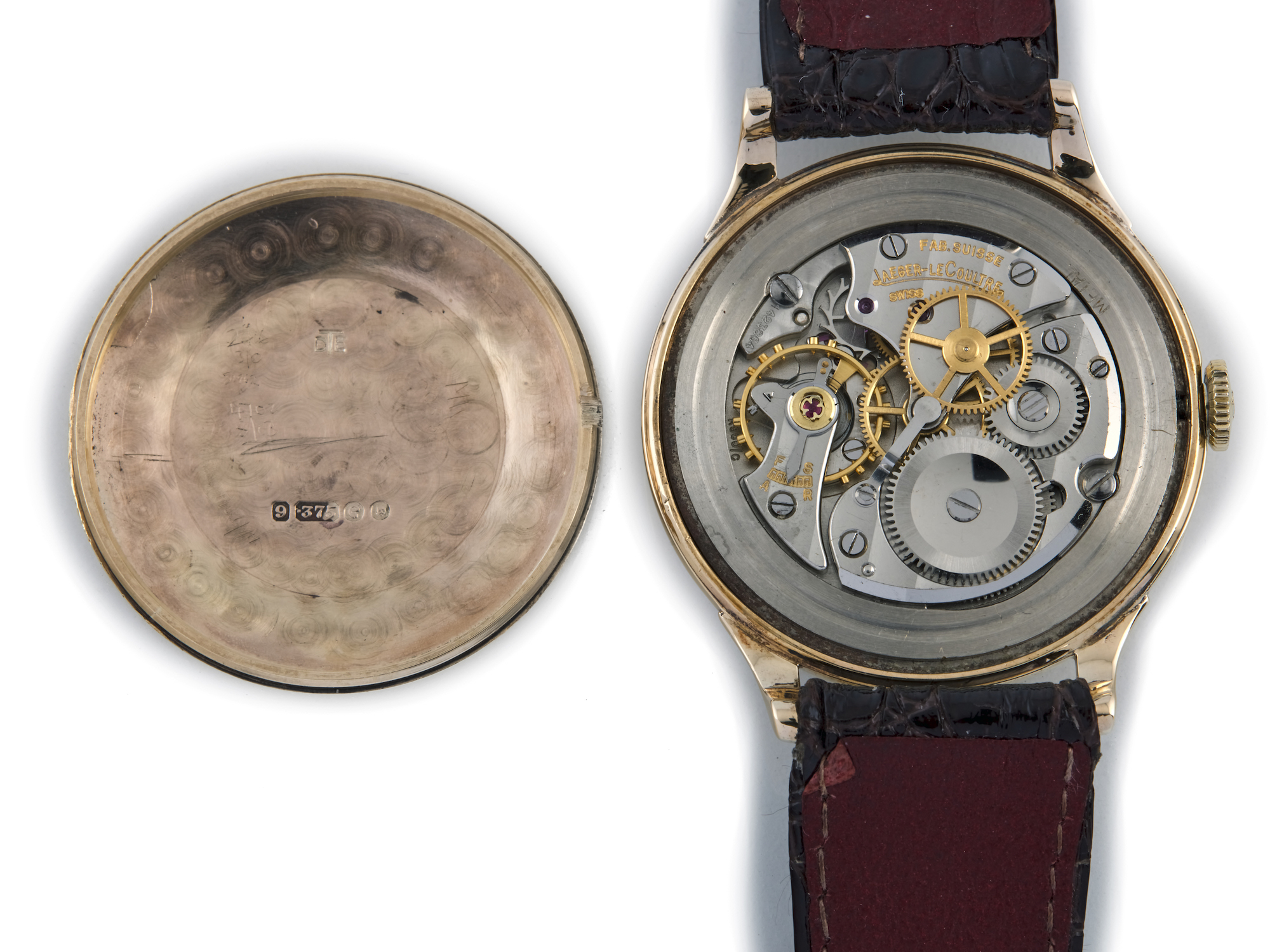 To Service or Not to Service
To Service or Not to Service
Paying for a service is a balance between cost and benefit. If you sell to a dealer, they will service the watch in-house, so you shouldn’t worry about this. If you’re selling the watch yourself, servicing it may give buyers more confidence and achieve a better price, but you may not get the cost of the service back in the increased value.
It’s not worth the expense for cheaper watches (below £2000). Above this level, you should consider getting a quote to see if it is possible to service your watch. This is a service that Vintage Gold Watches can offer.
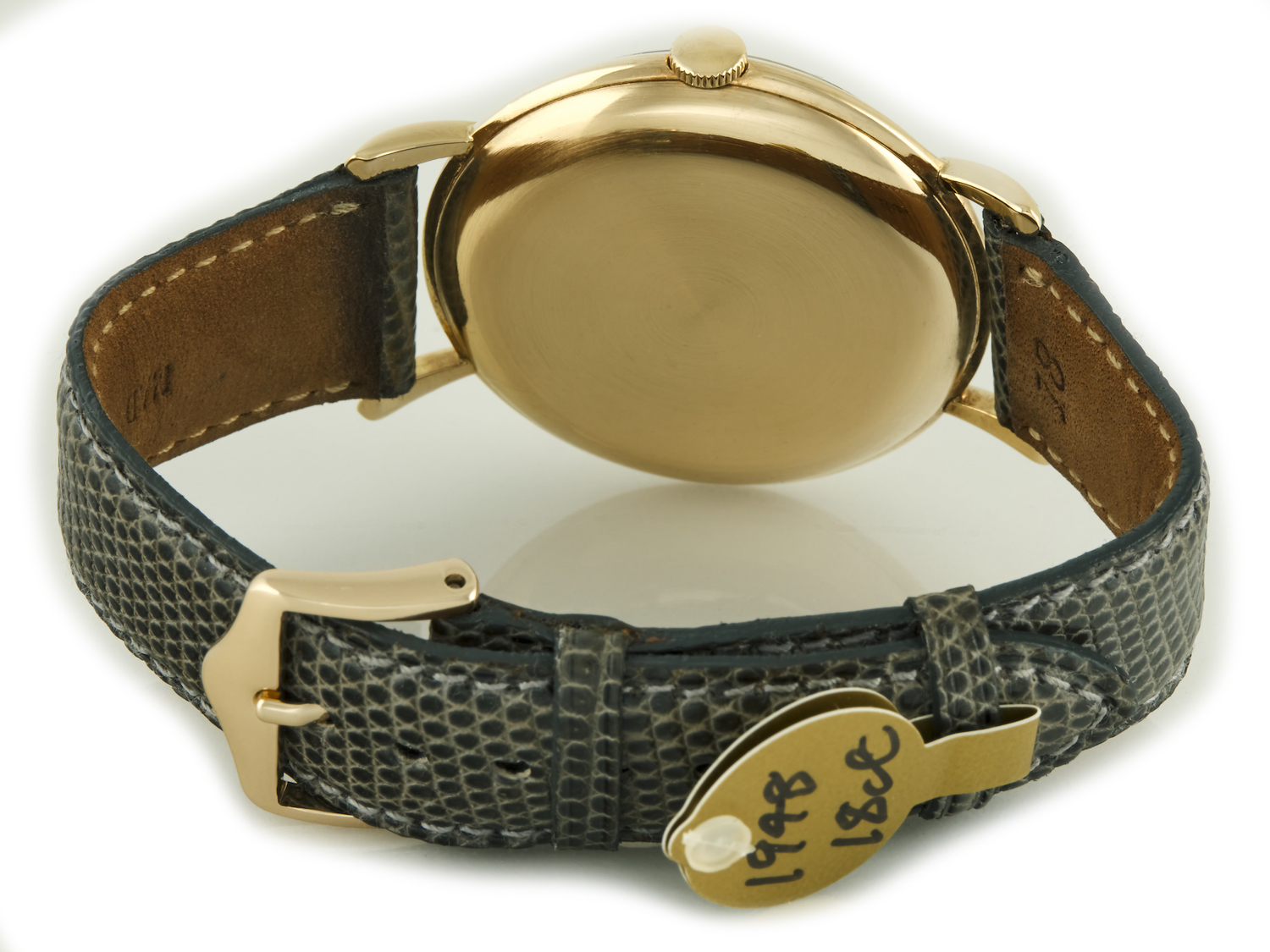
Brush up on Your Photography Skills
Without the watch, your photographs are the only way your buyer can see what’s on offer. Your pictures should be clear, focused, and well-lit. Keep backgrounds plain, and try to avoid reflections as you photograph every angle of the watch.
Ideally, you will need pictures of the movement and the inside of the case back. You may need specialist help removing the case back without damaging the watch. Ensure you include pictures of everything the watch comes with, including the box, warranty documents and receipts.
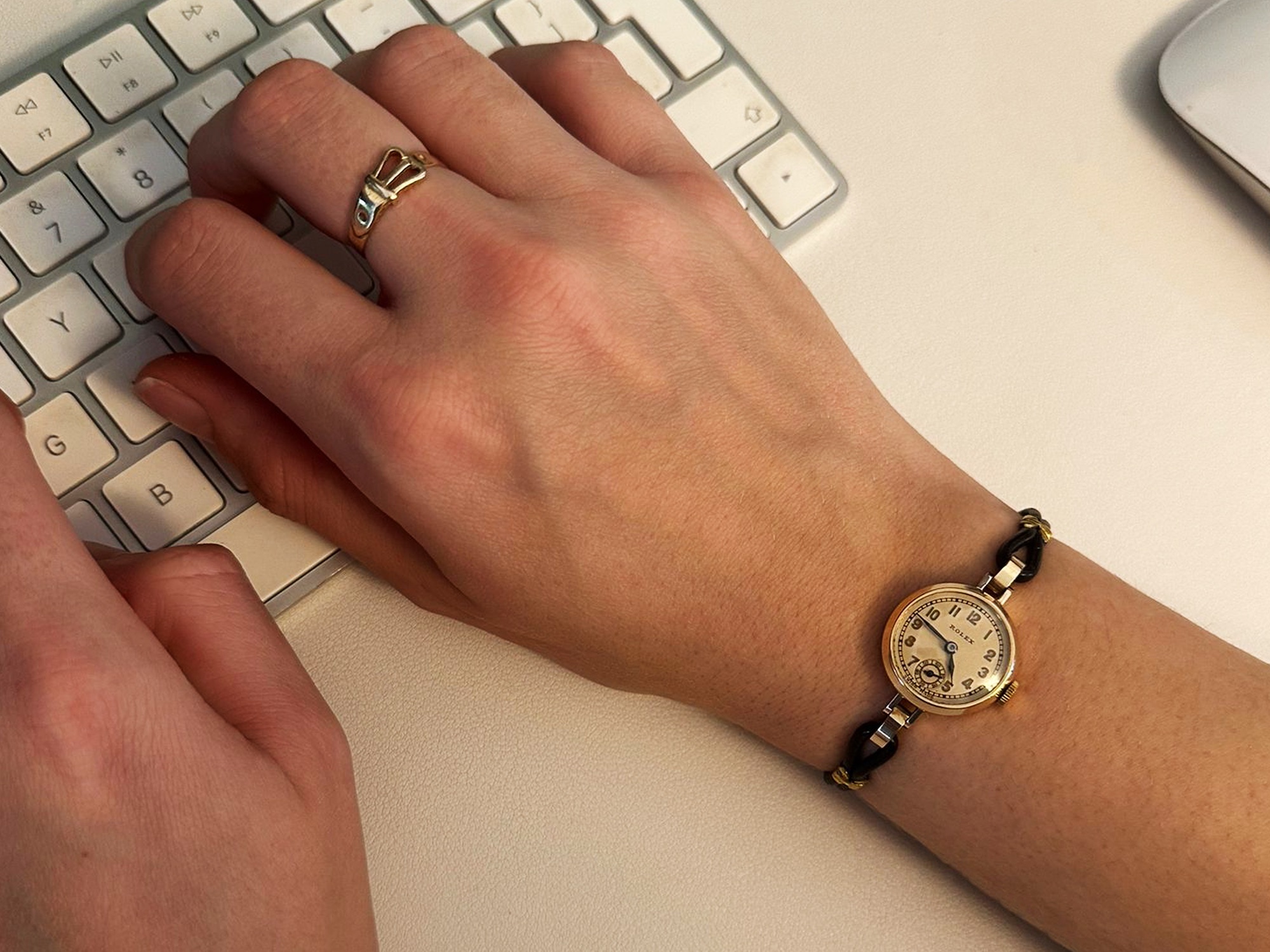
Write Your Listing Description
A good description is vital; it needs to be accurate and not misleading. Do not attempt to deceive buyers, as this will inevitably lead to the sale being refunded and may lead to legal action.
Focus on the condition of the watch, what it comes with, its functionality and details of any recent servicing. If any history is associated with the watch, explain this clearly but stick to provable facts. Ensure you list the model numbers and names correctly so buyers can find you in a search.
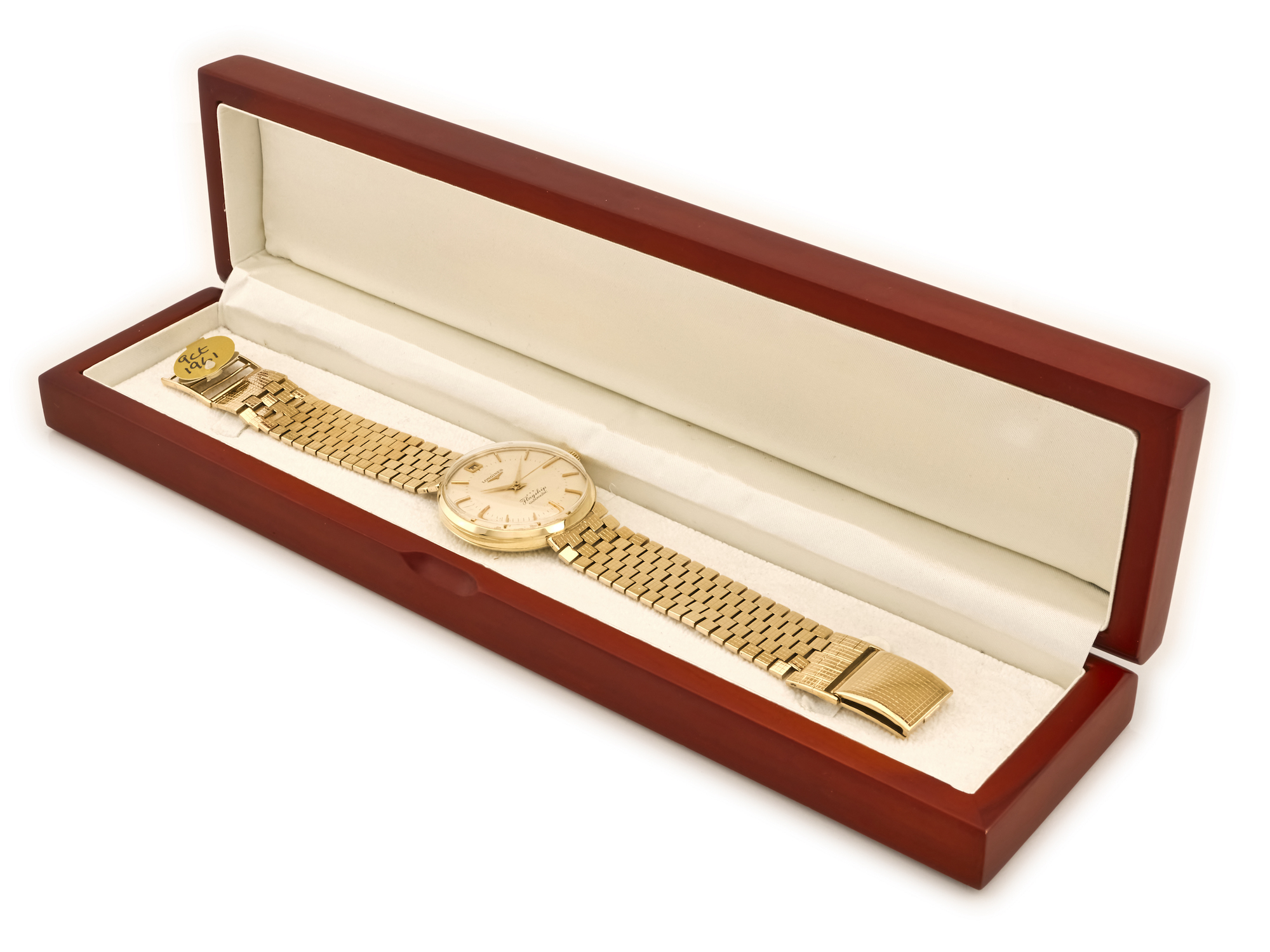
Set Your Price
Be realistic when setting your price, whether offering the watch to a dealer or selling it yourself. Look at comparable examples sold and consider whether yours is in better or worse condition. Remember that a listed price on a website does not mean a watch ever sold at that level. A lower price may have been negotiated, or the watch withdrawn from sale.
Once you have set your price, be prepared for a bit of haggling, but don’t be bullied into accepting a low-ball offer. If you’re a private seller, you should not expect to achieve the same values as an experienced dealer offering a warranty.
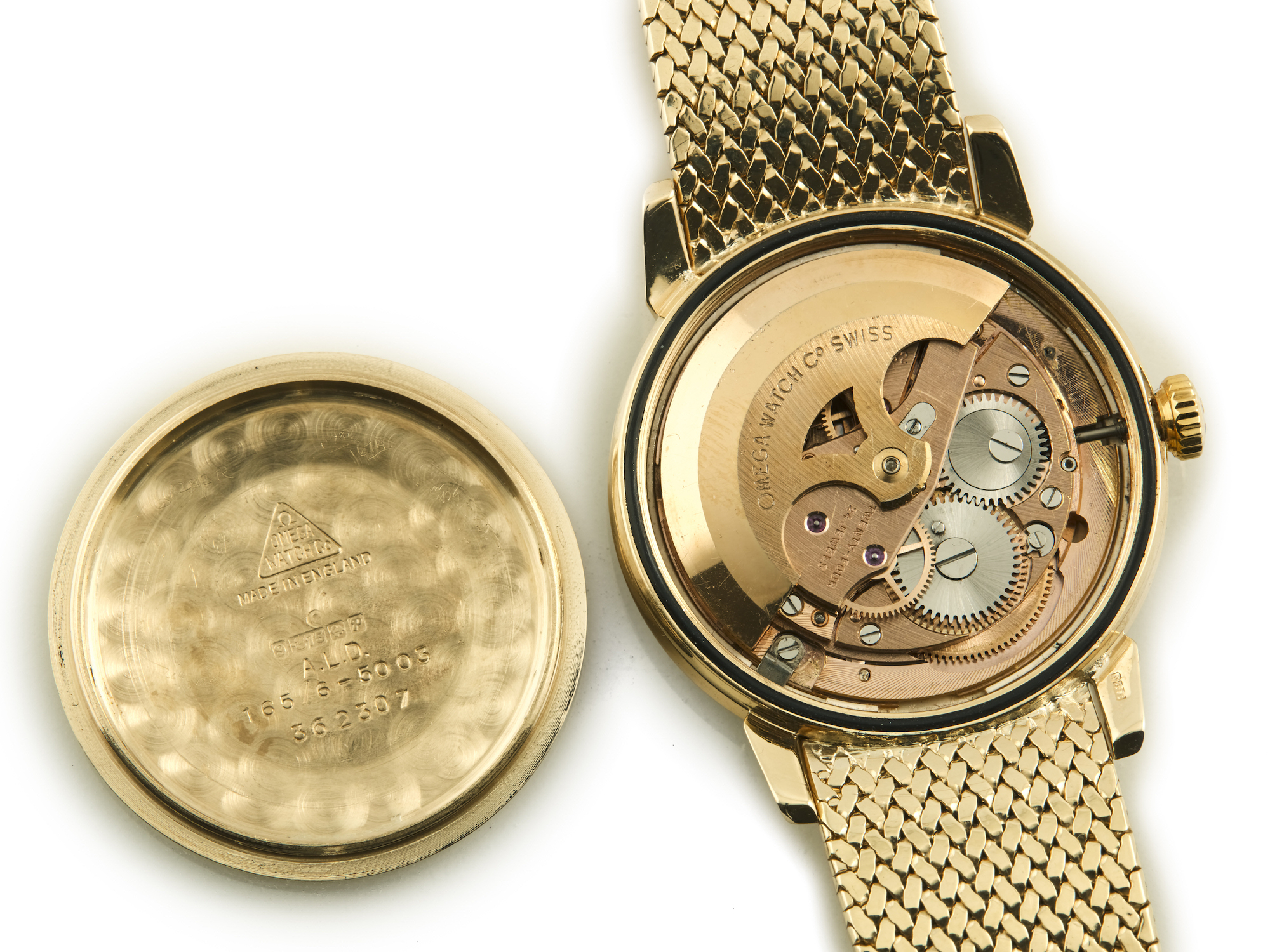
Exercise Post-sale Caution
Once you’ve sold your watch, your work may not be over unless you’ve sold it to a dealer. An auction sale may involve a long wait, hoping the top bidder follows through with payment. Any other sales method will involve packing and shipping the watch.
Only send the watch to the new buyer if payment has been made or the online platform confirms the funds are in escrow. Ensure that all shipping is fully insured, and for high-value items, it may be worth videoing yourself packaging the watch to prevent issues once the watch arrives with the buyer.
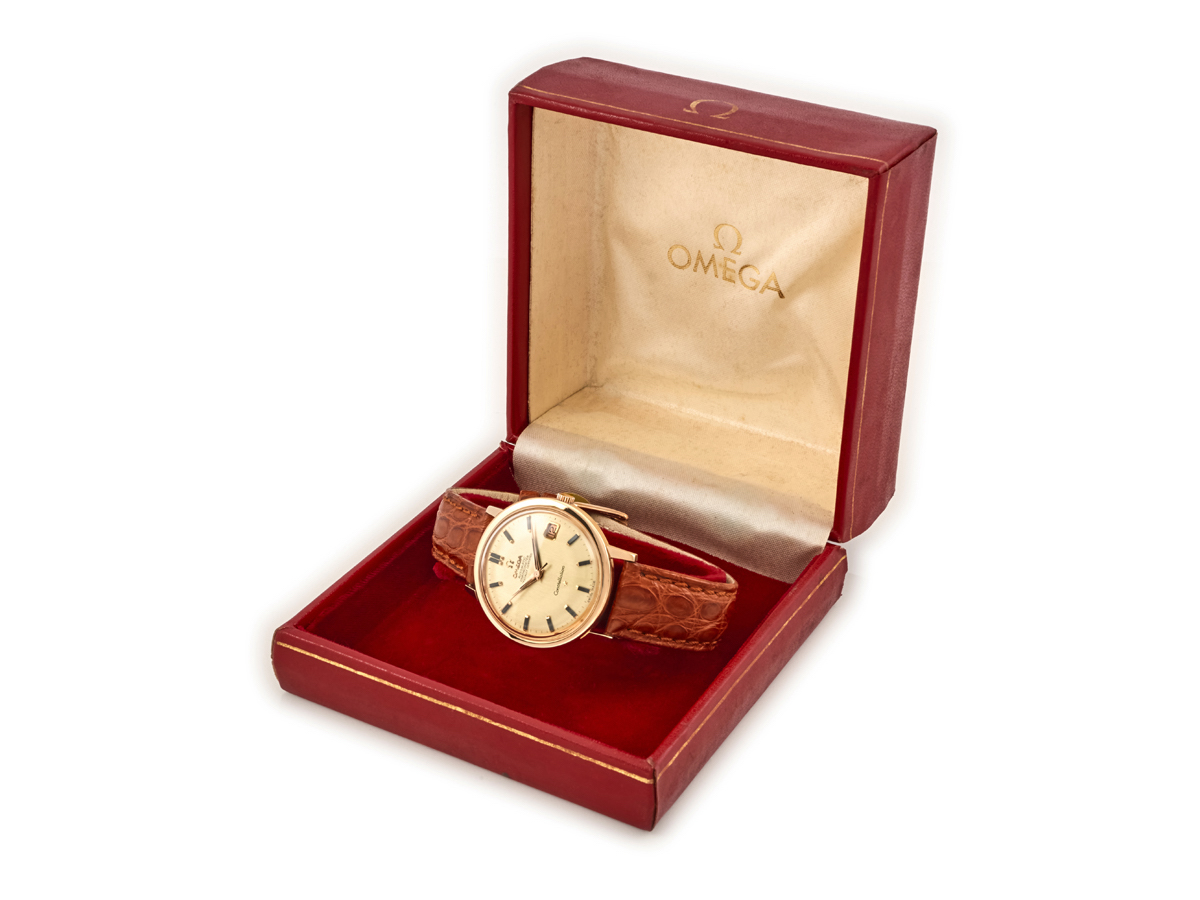
Closing Thoughts
Selling a vintage watch is an involved process and far more complex than selling a contemporary model. Age and condition can add or remove value in ways only experts can judge.
A trusted dealer such as Vintage Gold Watches, which has a loyal and discerning customer base, can often achieve higher sale prices than a general online auction, meaning their offer price can be higher, too.
 Alan Wood, founder of Vintage Gold Watches, is a trusted vintage watch dealer with over 35 years of private collecting experience. His deep knowledge and infectious passion for mechanical timepieces have earned him a highly respected reputation in the industry. Vintage Gold Watches, established in 2011, has become a reputable dealer thanks to Alan’s expertise and a skilled team of restorers. Alan’s love for vintage watches started as a young Mechanical Engineer and grew into an obsession. He believes the finest watches were made in the 1950s, 60s, and 70s, and he is thrilled to share them with others.
Alan Wood, founder of Vintage Gold Watches, is a trusted vintage watch dealer with over 35 years of private collecting experience. His deep knowledge and infectious passion for mechanical timepieces have earned him a highly respected reputation in the industry. Vintage Gold Watches, established in 2011, has become a reputable dealer thanks to Alan’s expertise and a skilled team of restorers. Alan’s love for vintage watches started as a young Mechanical Engineer and grew into an obsession. He believes the finest watches were made in the 1950s, 60s, and 70s, and he is thrilled to share them with others.

